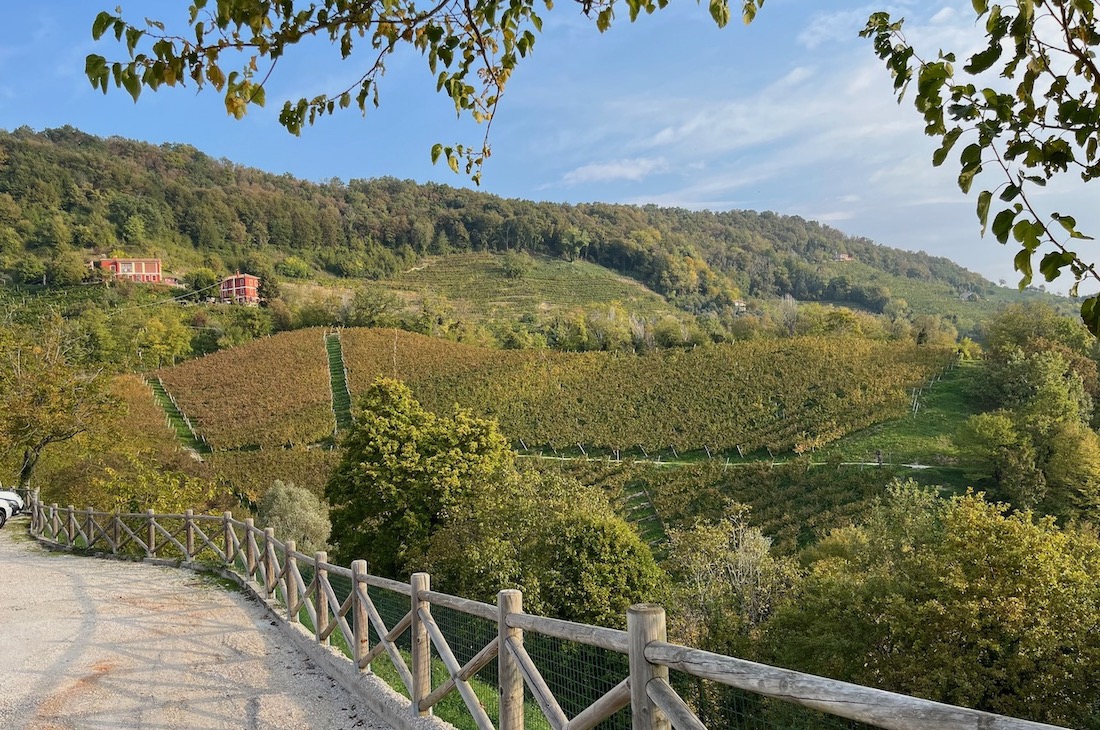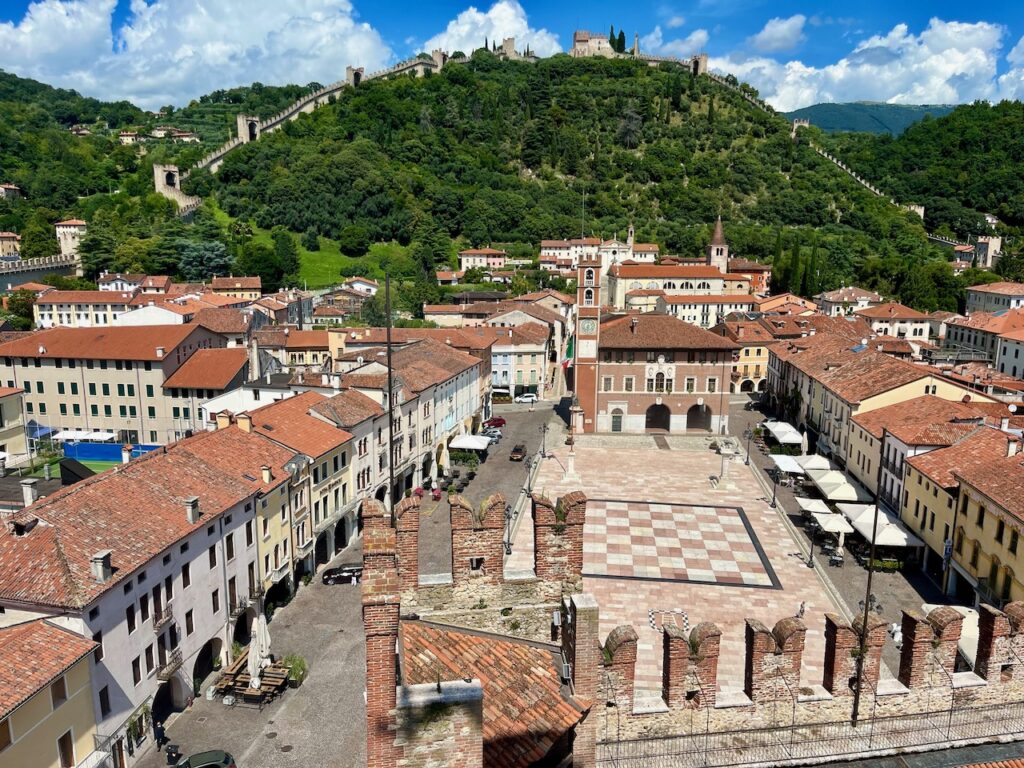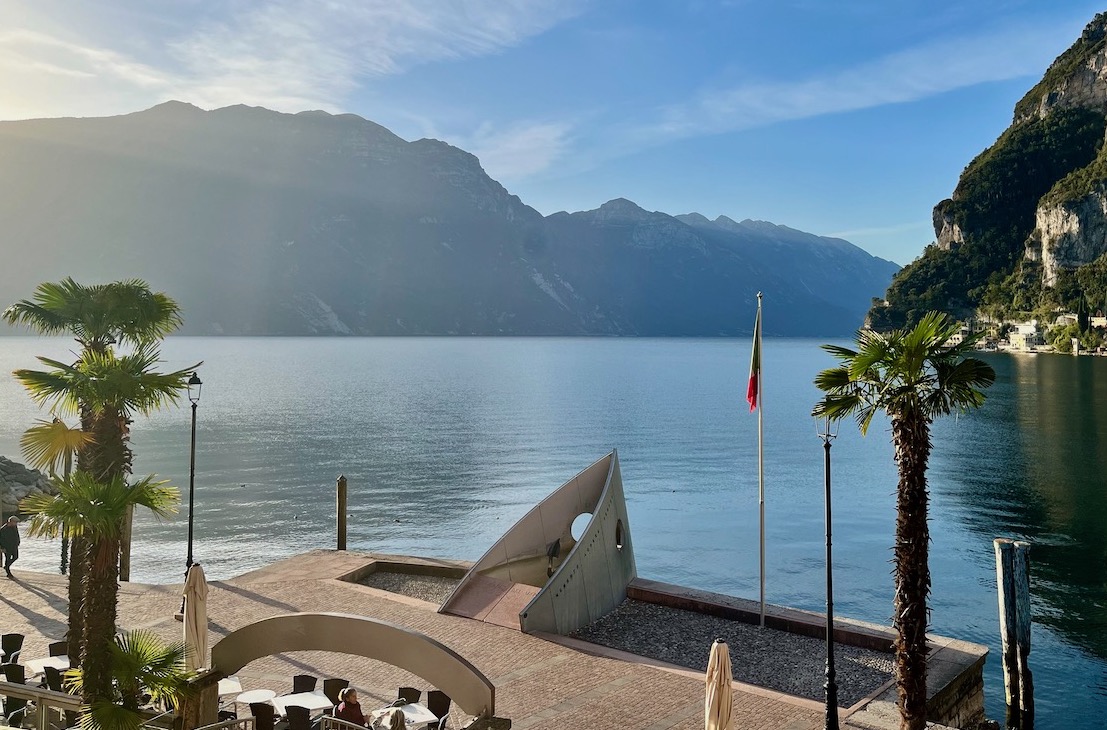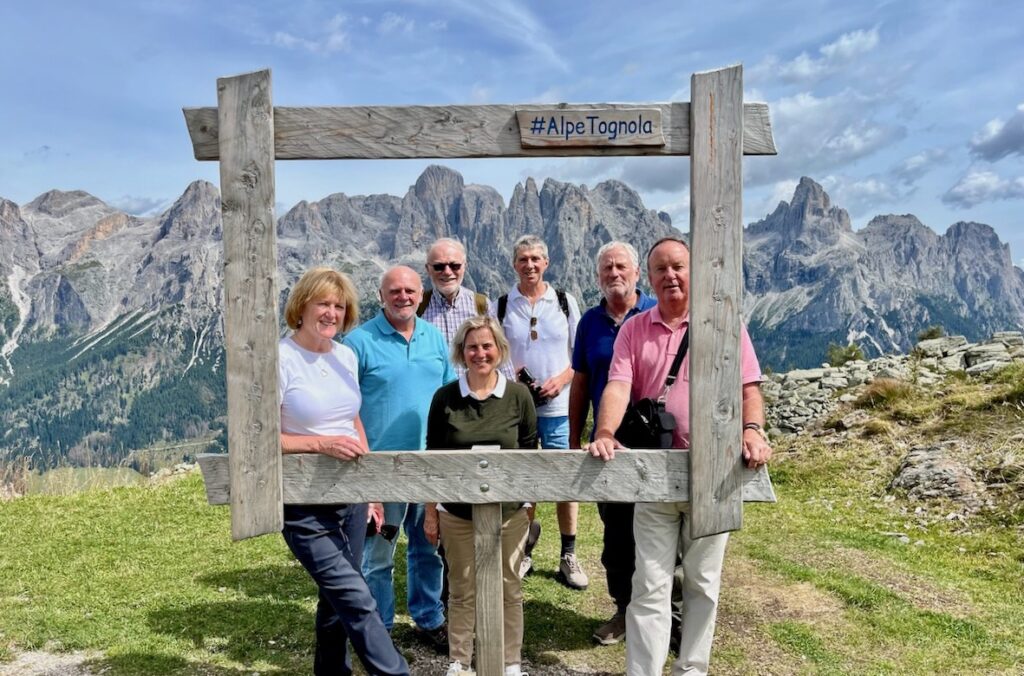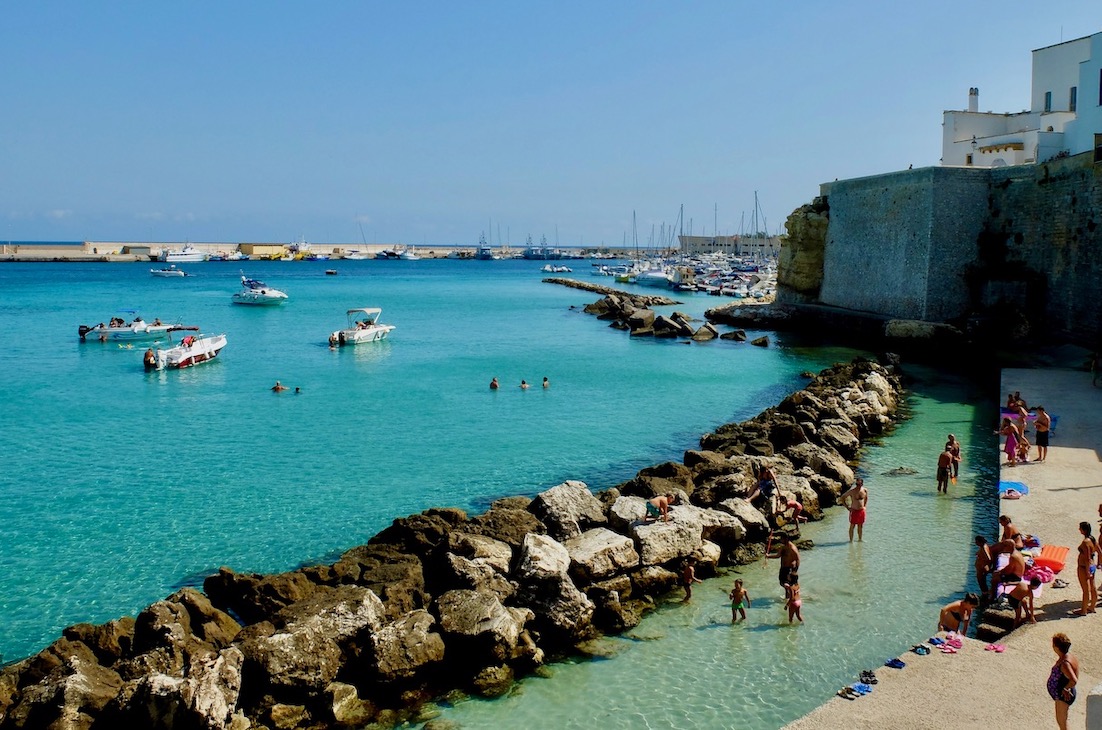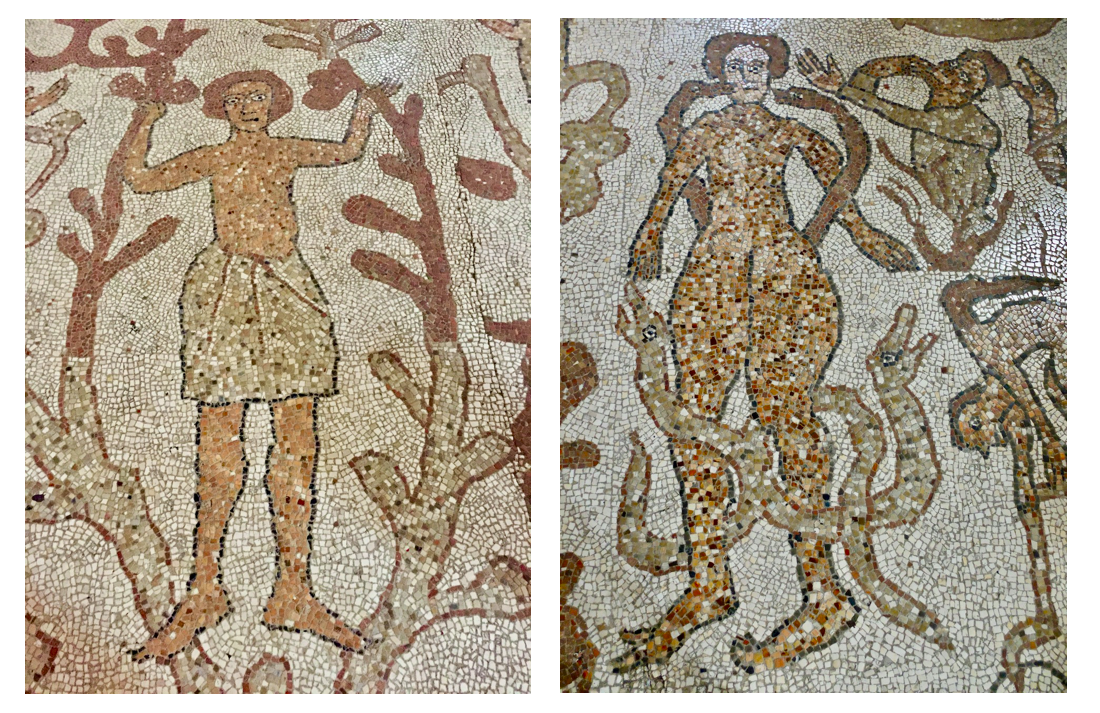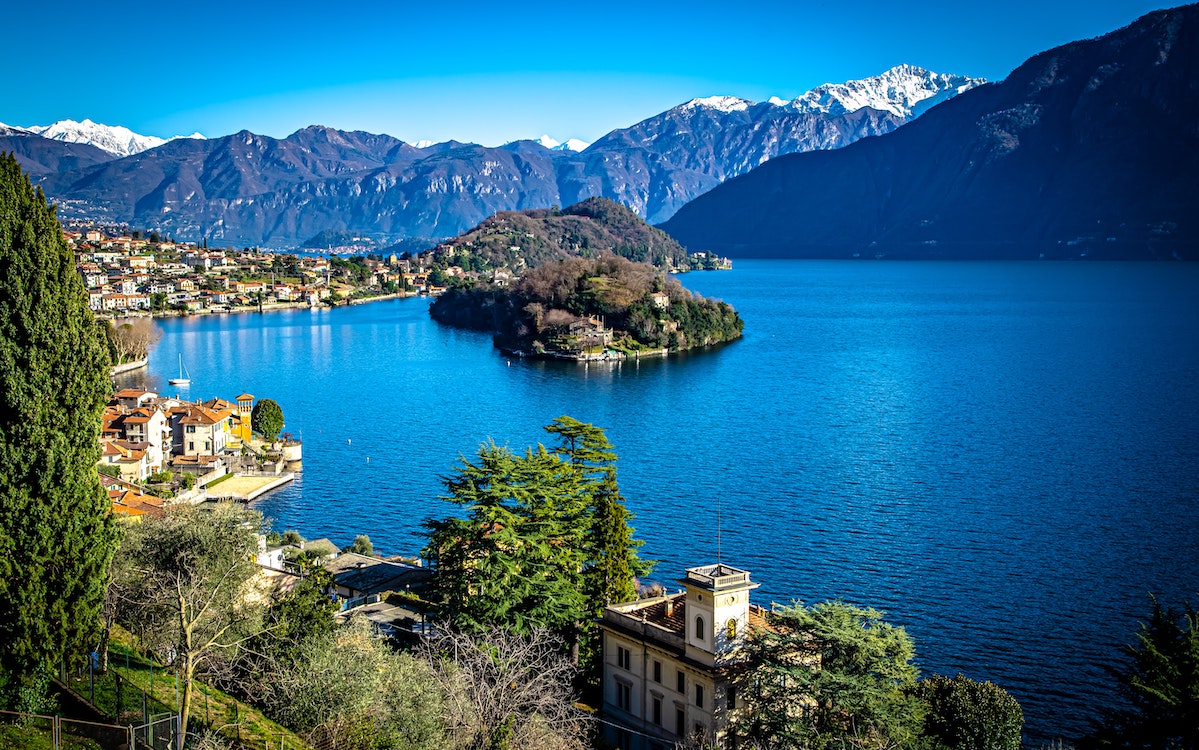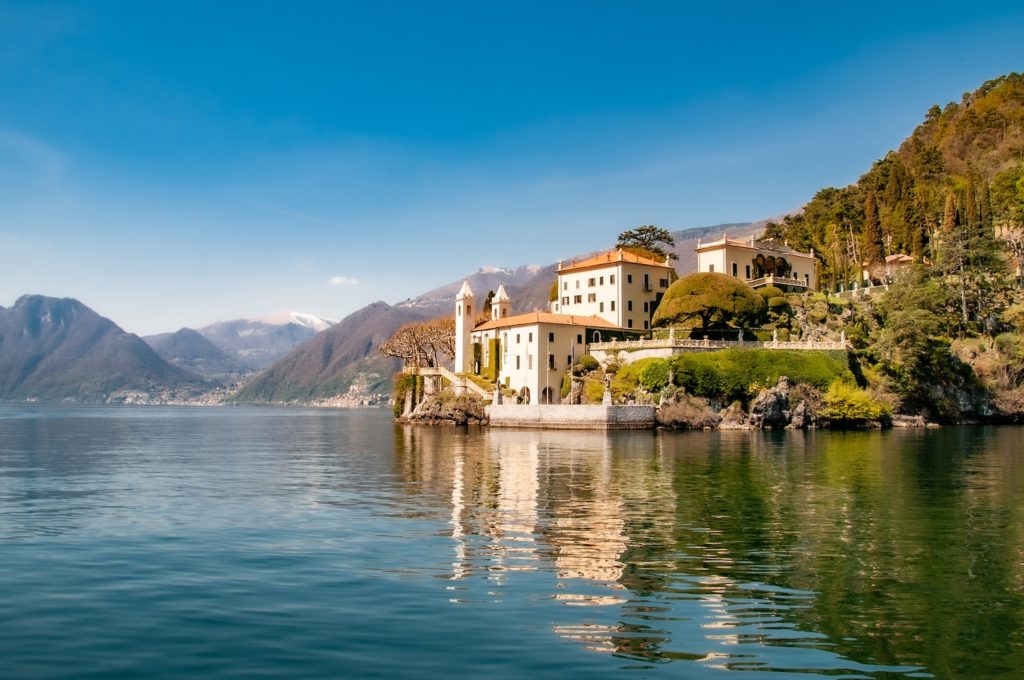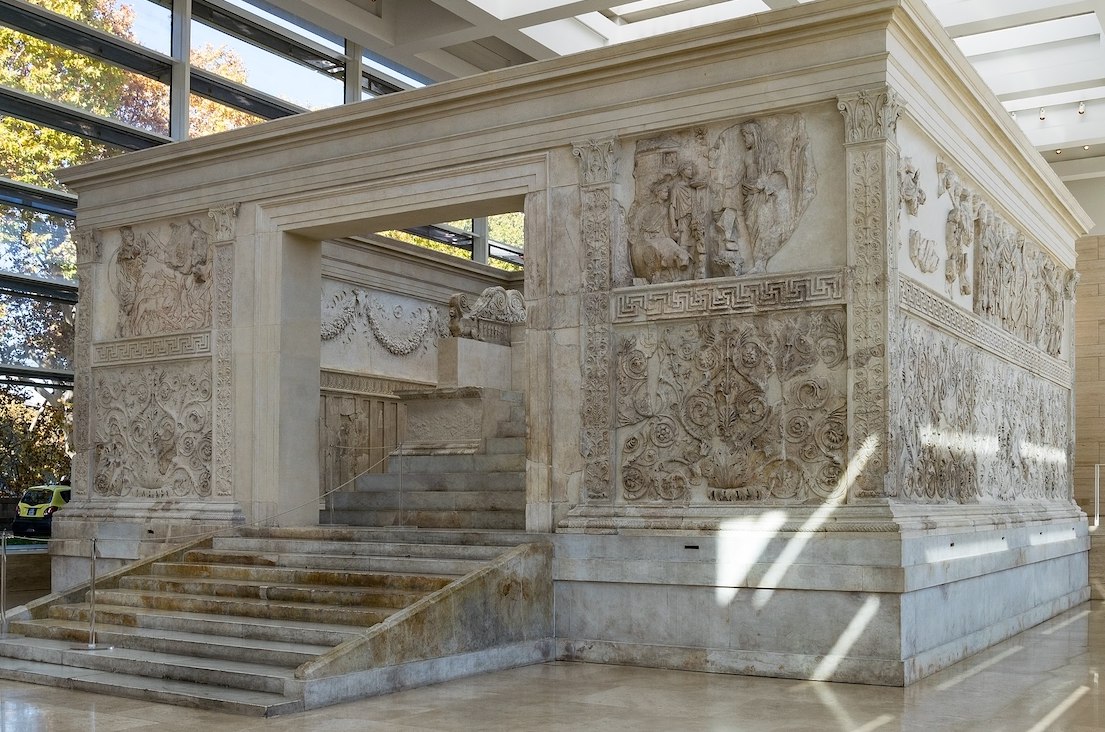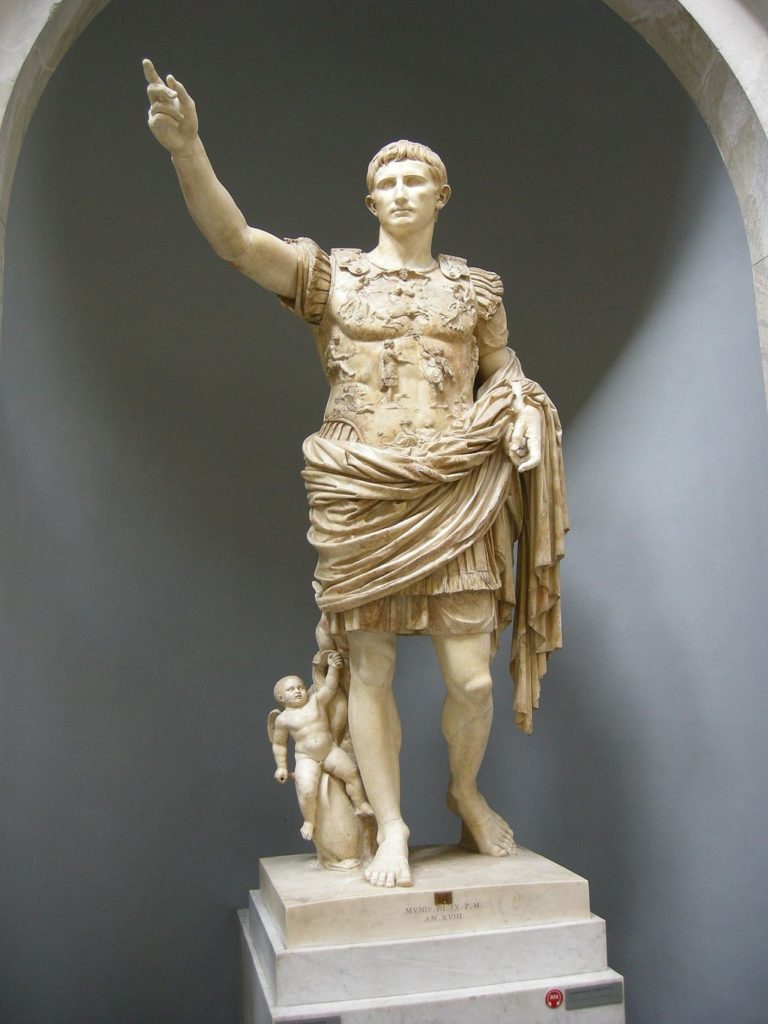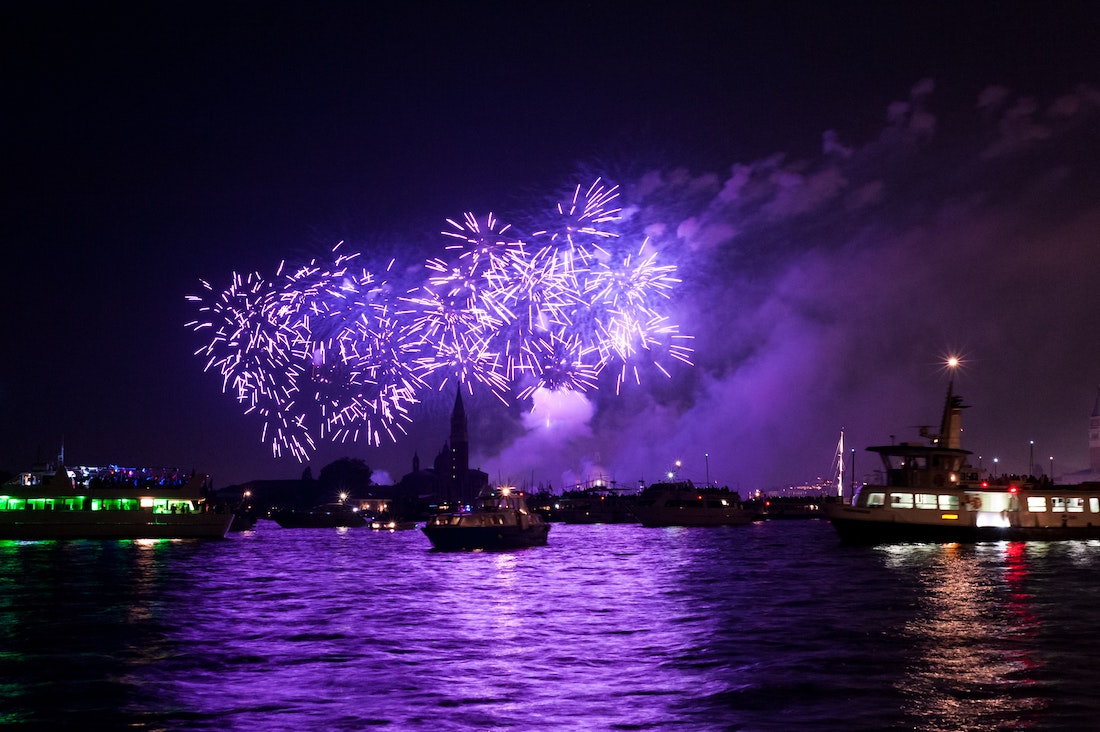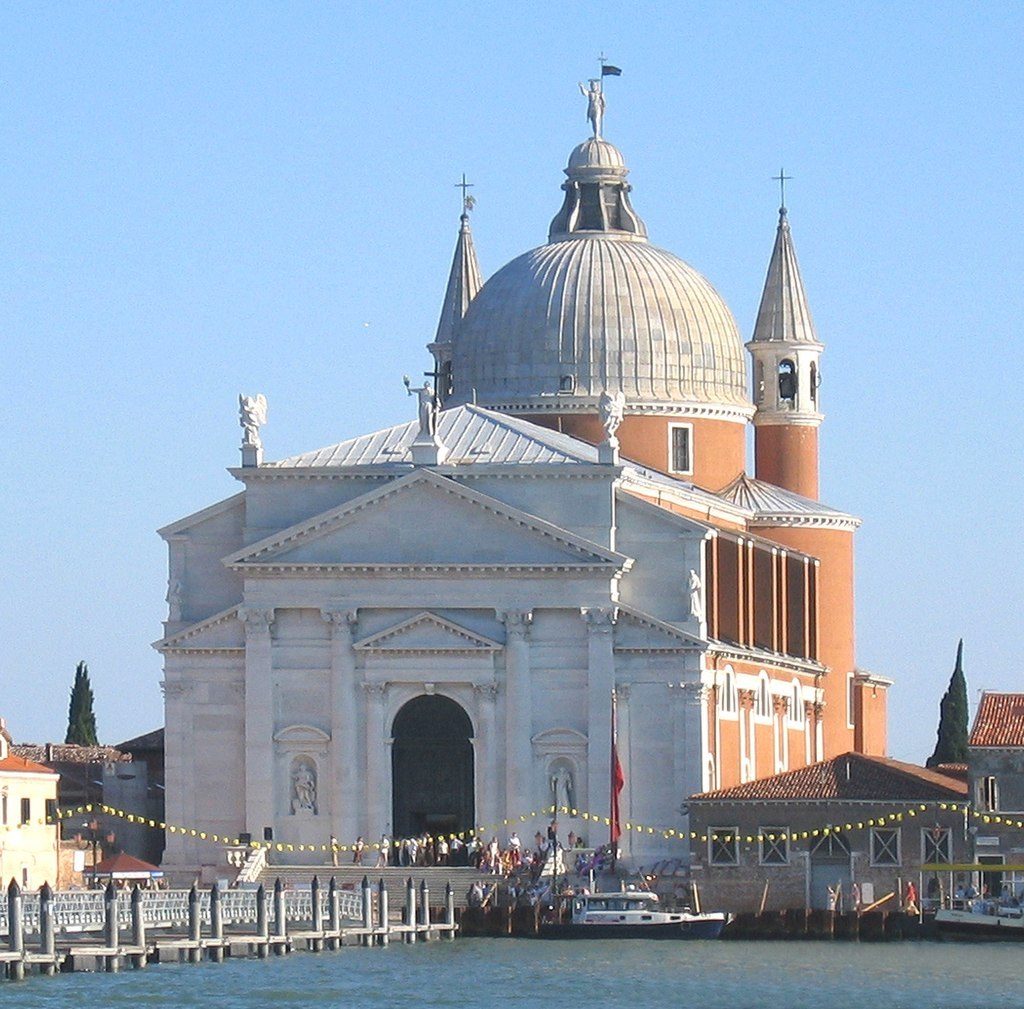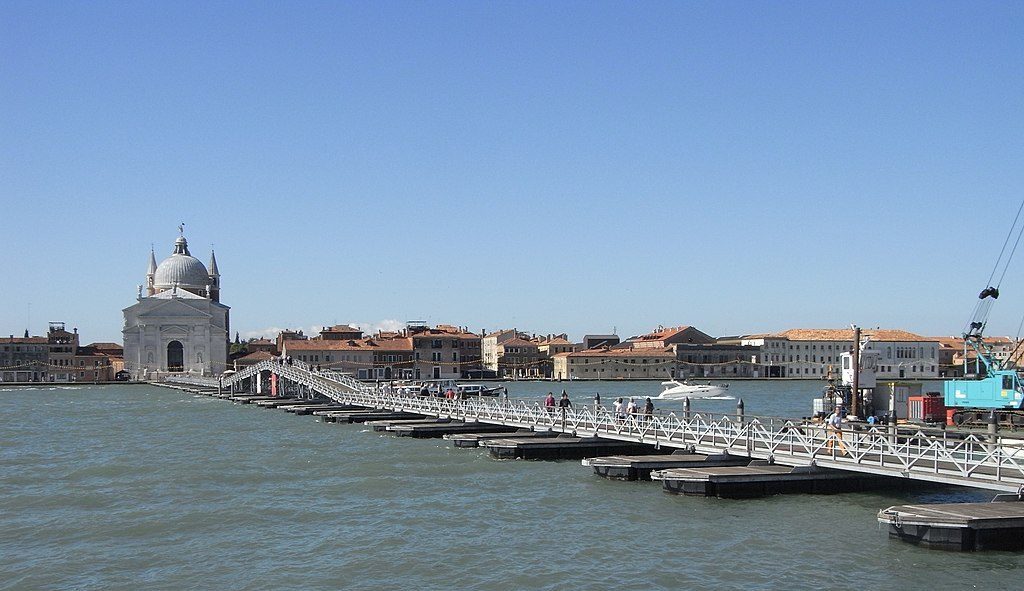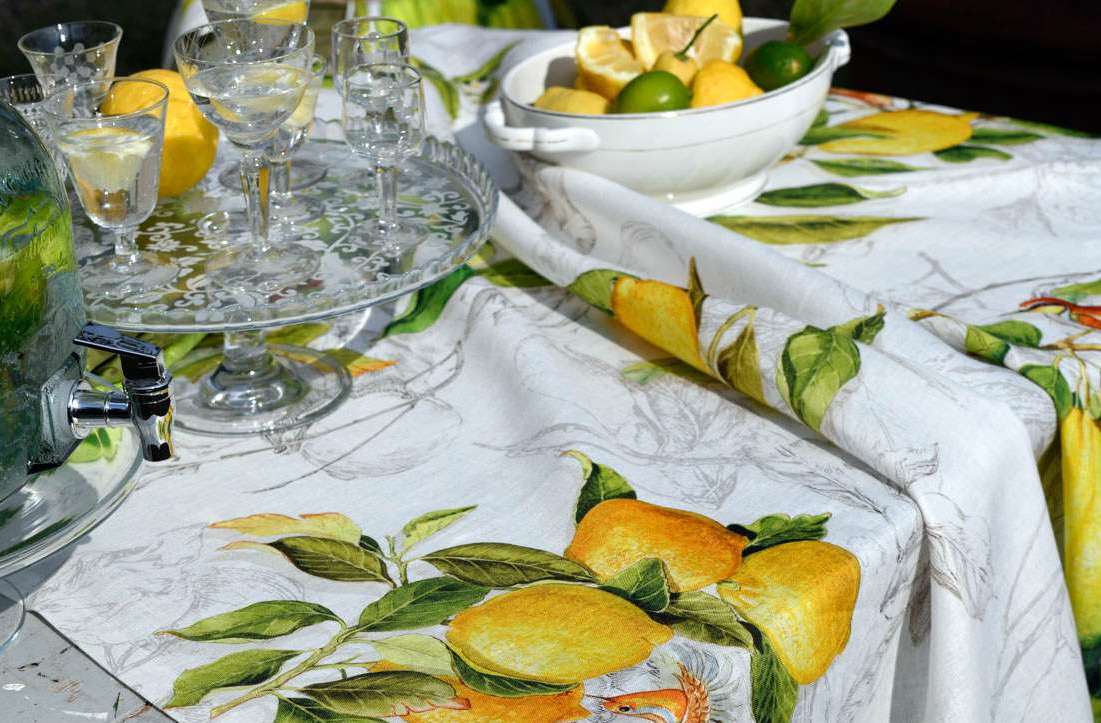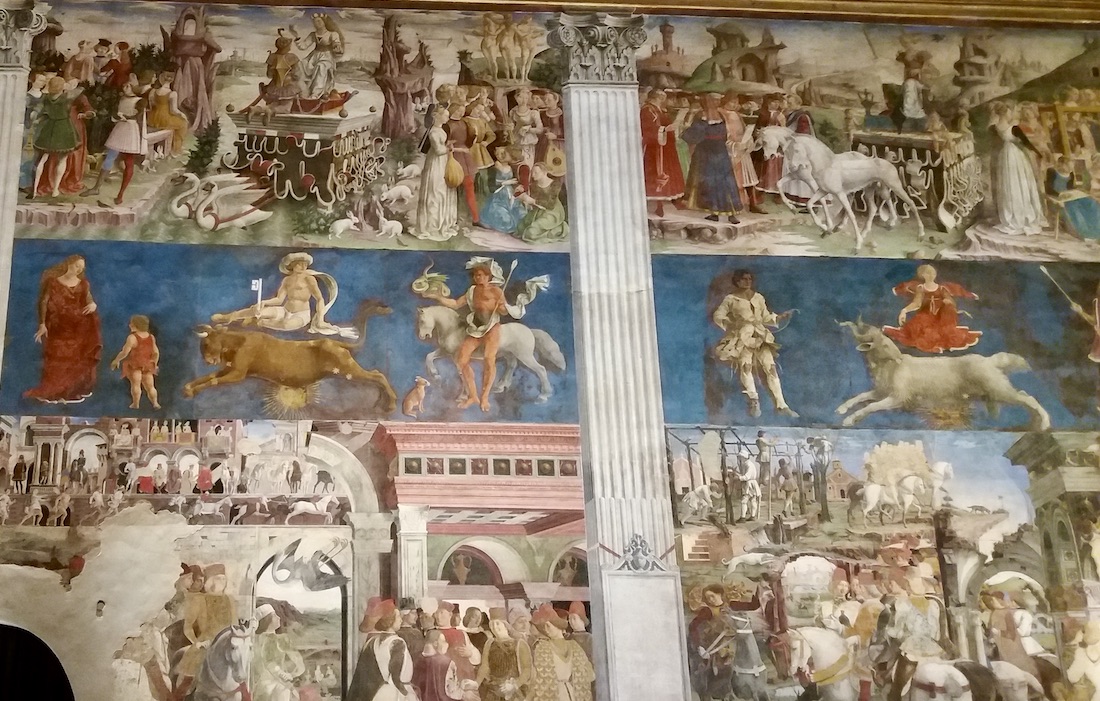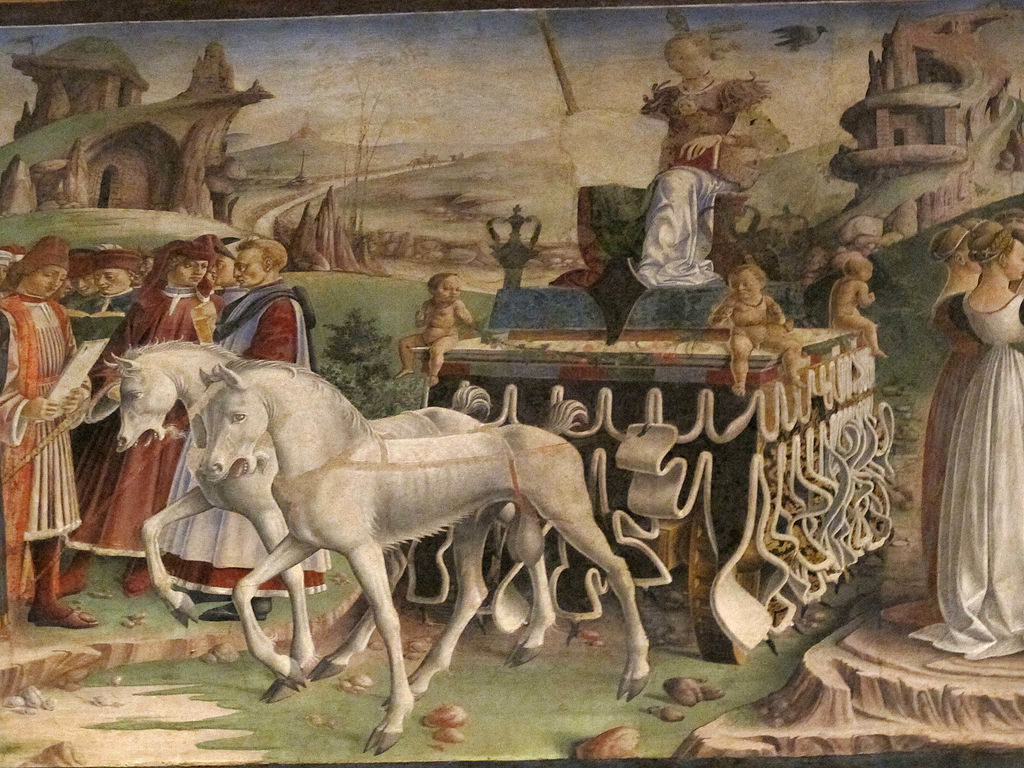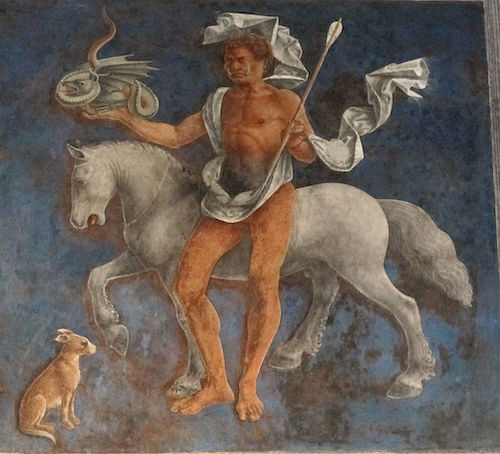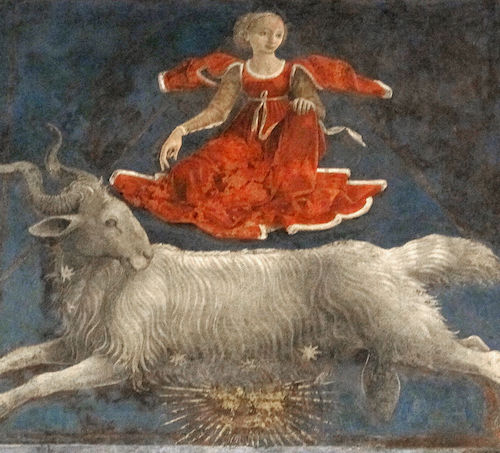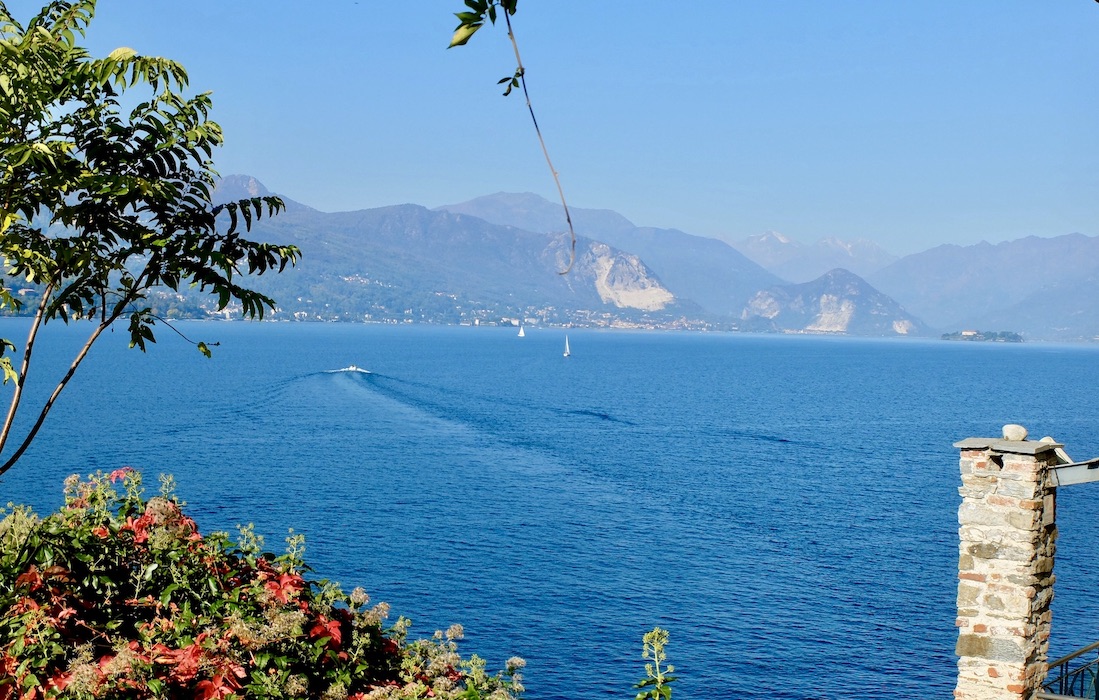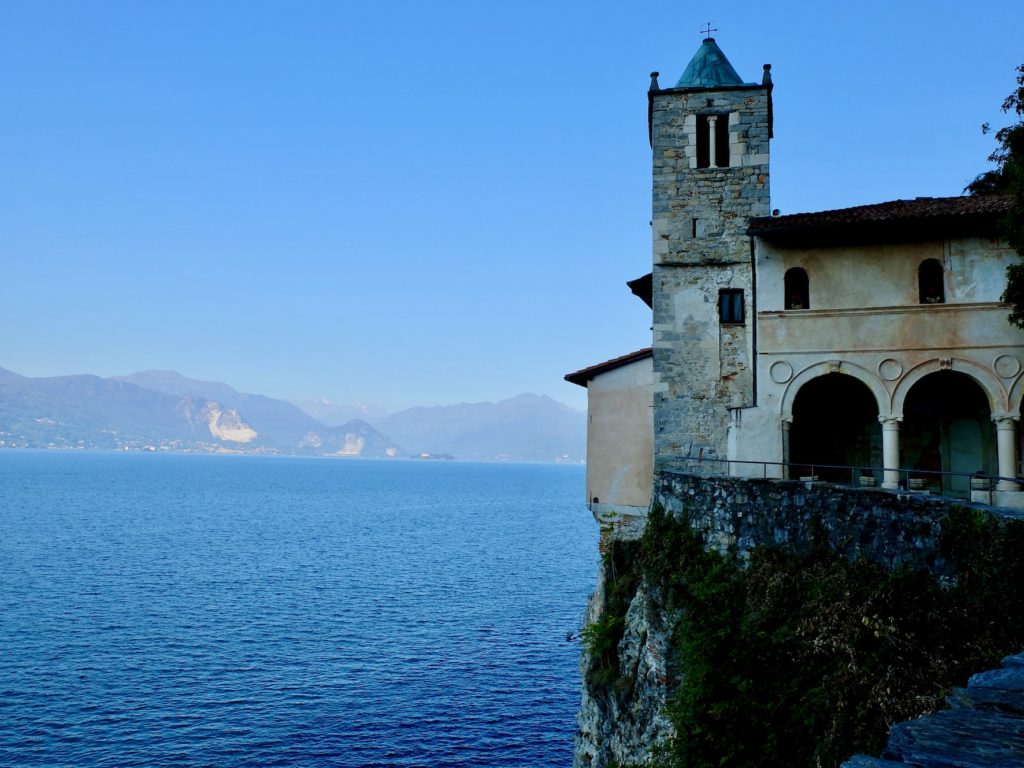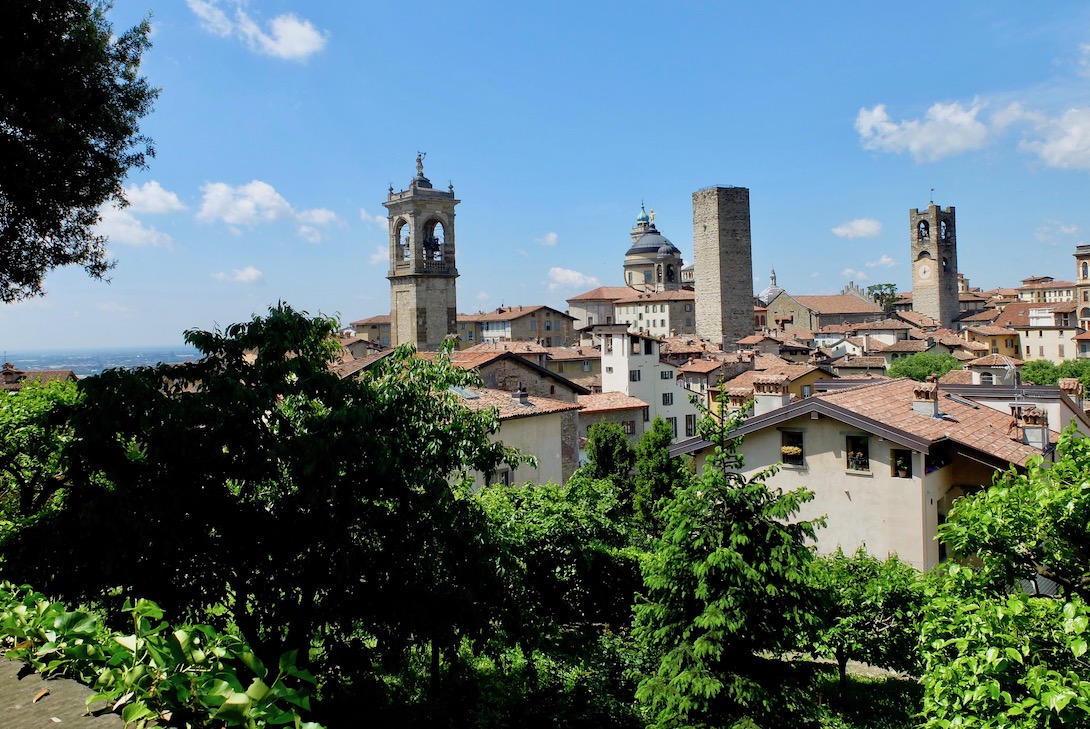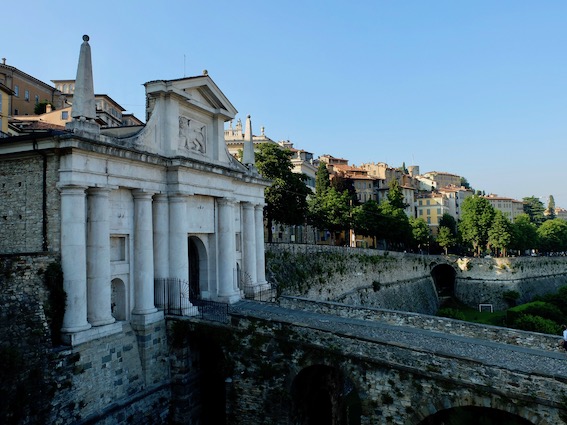05 Jan Five Hidden Gems of the Veneto
The Veneto boasts some of Italy’s most popular tourist attractions, like Venice and Verona, but it also contains hidden gems that are often overlooked and underestimated. You can discover these treasures that lie off the usual tourist path, even in popular destinations. Whether it’s the tranquil trattorias and the serene lagoon at Torcello in Venice or the symmetrical and breathtaking Giardino Giusti in Verona, there’s something to captivate everyone.
Here are five lesser-known places you should consider if you visit this extraordinary corner of Italy. We include each location on our The Lands of the Serenissima tour of the Veneto in June this year.
1. The Scrovegni Chapel: A Frescoed Masterpiece
Padova’s Scrovegni Chapel is an artistic jewel housing a series of breathtaking frescoes by Giotto. The chapel was consecrated in 1305 and is renowned for its narrative cycle depicting the lives of the Virgin Mary and Christ. The artist’s masterful use of perspective and emotional depth was celebrated at the time; it revolutionised art and influenced the newly emerging style, which would later be known as the Renaissance. The meticulous preservation of the chapel and its enormous cultural significance make it a must-visit location. Even for those less excited about art, the experience of being part of a small group walking into this space where vivid colours surround you is spellbinding.
2. Prosecco Hills: A Toast to Tranquility
3. Marostica: Living Chess and Medieval Charms
Marostica is a small town with a charming medieval feel. It is famous for its twice-a-year chess game, which takes place on a giant chessboard in the town square and is played with live actors in pageant costumes. The town has meandering cobblestone streets and mediaeval walls watched over by the Lower and Upper Castles. It is not on the regular tourist trail, and the atmosphere resembles a typical provincial town, albeit with impressive attractions.
4. Cittadella: A Fortress Frozen in Time
Cittadella is a small walled city. It was built in the 13th century, and its walls remain largely intact, making it a fascinating spot to visit. You can walk along the walls and explore the city’s many towers, gates and other architectural features. The town also boasts several beautiful churches, museums and galleries, and restaurants and cafes serving local cuisine. Cittadella is a charming and picturesque town that offers a glimpse into medieval Italian life.
5. Vicenza: Palladian Elegance
Vicenza holds a remarkable collection of architectural wonders and a deep cultural heritage. The city is an ideal destination for architecture enthusiasts, who can marvel at the Palladian Basilica and the Teatro Olimpico, among other notable landmarks. The charming streets offer plenty of opportunities to take a leisurely stroll and soak up the local atmosphere. Surrounding the city is the natural beauty of the Berici Hills, which is perfect for outdoor activities.
Discover these hidden gems and others on our Veneto tour, Lands of the Serenissima, which aims to reveal Veneto’s unique secrets by including a mixture of culture, scenery, food, personal time and fun.

